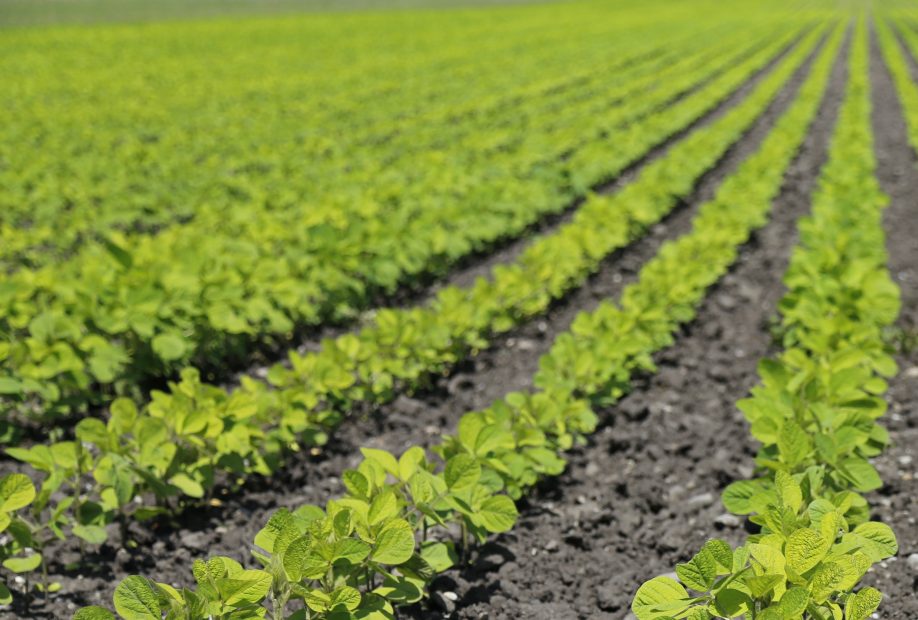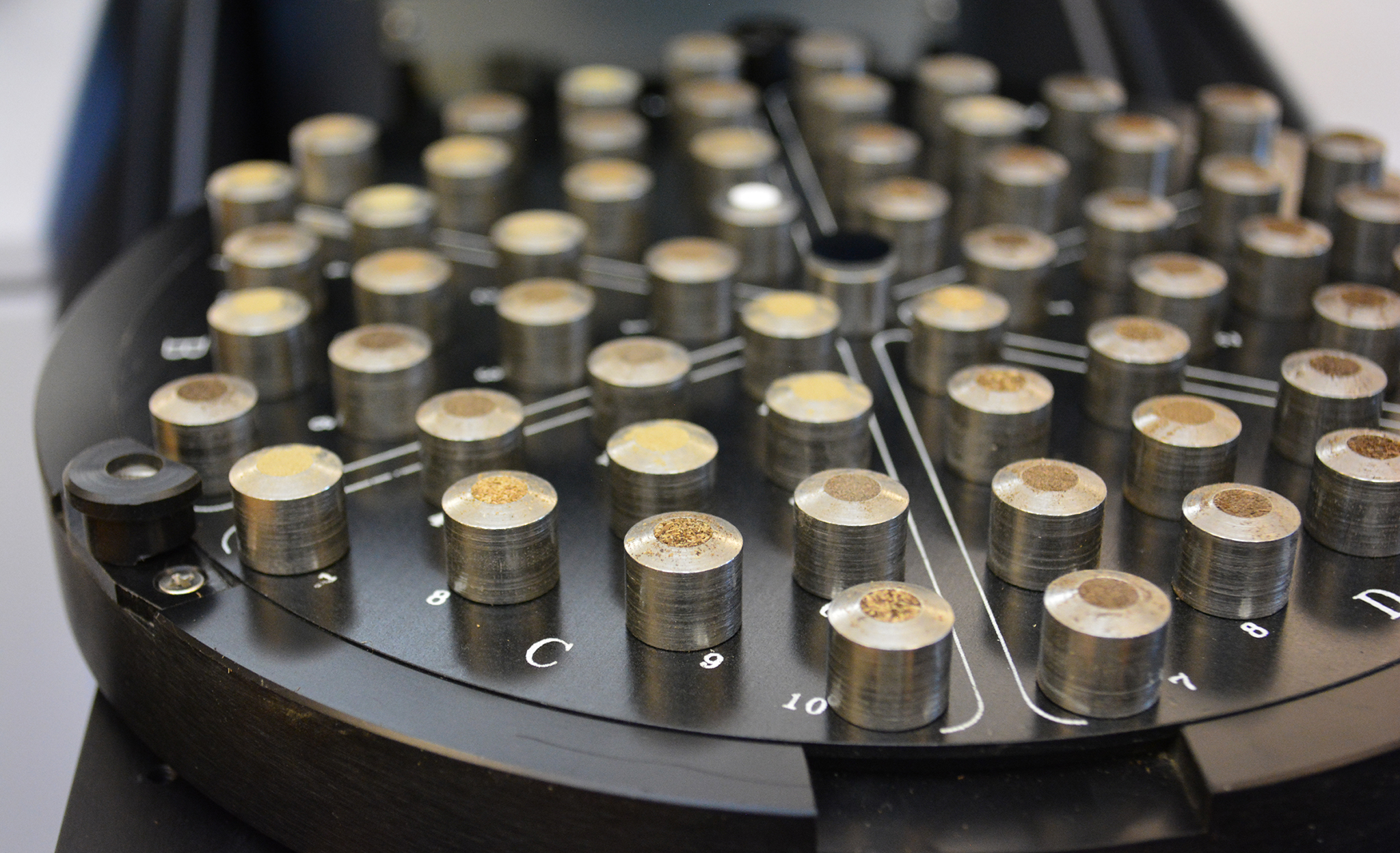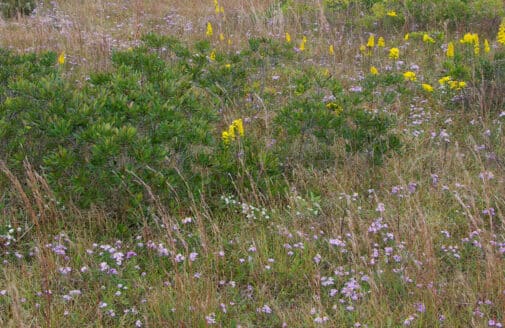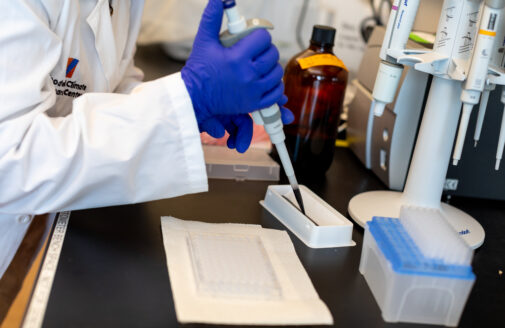Woodwell Climate research helps launch new soil testing service

There’s global recognition that soil health is critically important for understanding climate change and prescribing solutions, but only about half of nations have good soil maps. Woodwell Climate Research Center (formerly Woods Hole Research Center) is part of a coalition hoping to change that with the launch of the Soil Spectral Calibration Library and Estimation Service, which aims to give both farmers and government officials an efficient, low-cost way to understand soil health to improve productivity and reverse land degradation. The Service is an initiative of the Global Soil Partnership, part of the United Nations’ Food and Agriculture Organization (FAO).
“Soil is a huge global resource but we’ve lacked ways of measuring it at scale. The Soil Spectral Calibration Library and Estimation Service is a big step toward trying to bring soil science into the big data era, with potentially huge benefits not just to climate science but to food production and public health,” said Woodwell scientist Dr. Jonathan Sanderman.
The harm of insufficient soil health monitoring is two-fold: Farmers cannot fully optimize their management strategies; and there is no way of fully assessing the success of new management efforts aimed at improving soil health. But traditional testing is expensive and time-consuming.

Soil spectroscopy offers a powerful alternative — fast, cost-effective and environmentally benign. Soil spectral analysis estimates soil properties using light absorbance measurements calibrated to conventional reference measurements, like wet chemistry soil tests. Access to a high-quality spectral calibration library and estimation service will support unprecedented high quality and quantity of soil data collection, which in turn will improve evidence-based decision-making in many fields, including sustainable soil management, food security and nutrition, and climate adaptation and mitigation.
This project will be the first to develop a true globally applicable spectral library and predictive capability by building out a global reference database, application of new statistical modeling techniques, and, importantly, by focusing on developing a simple web-based end-user interface.
“[Woodwell] scientists use phenomenal remote sensing data when it comes to things like measuring global vegetation, but unfortunately those tools largely stop at the soil surface. [Woodwell] has been leading the development of statistical methods of predicting soil properties from the infrared spectrum, and our next challenge is to raise the funds to support continuing to build it out,” said Dr. Sanderman.
Once this service is operational, just one instrument and one staffer can provide affordable analysis of a dozen soil properties. That will allow the Soil Spectral Calibration Library and Estimation Service to bring soil measurement to many countries for the first time, while helping developed countries improve the precision of their understanding of soil health.







